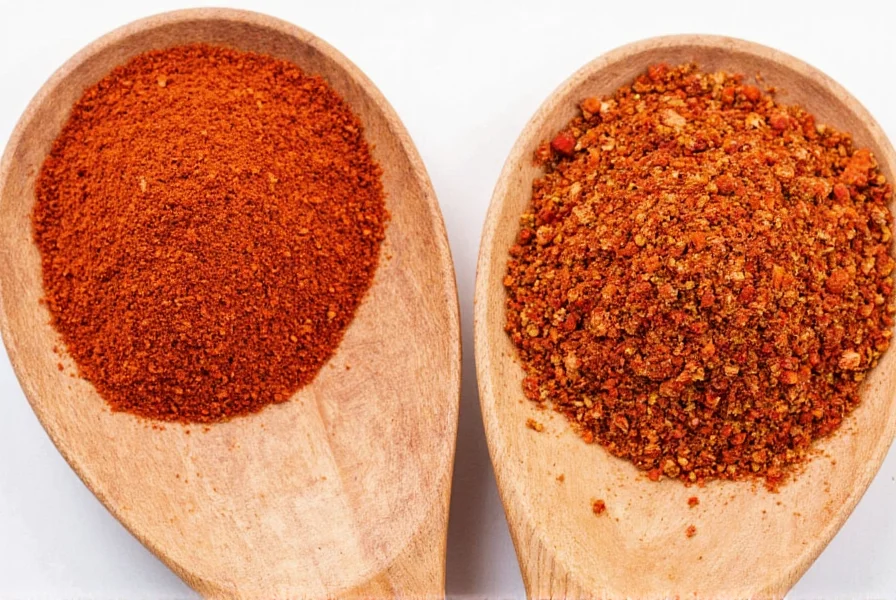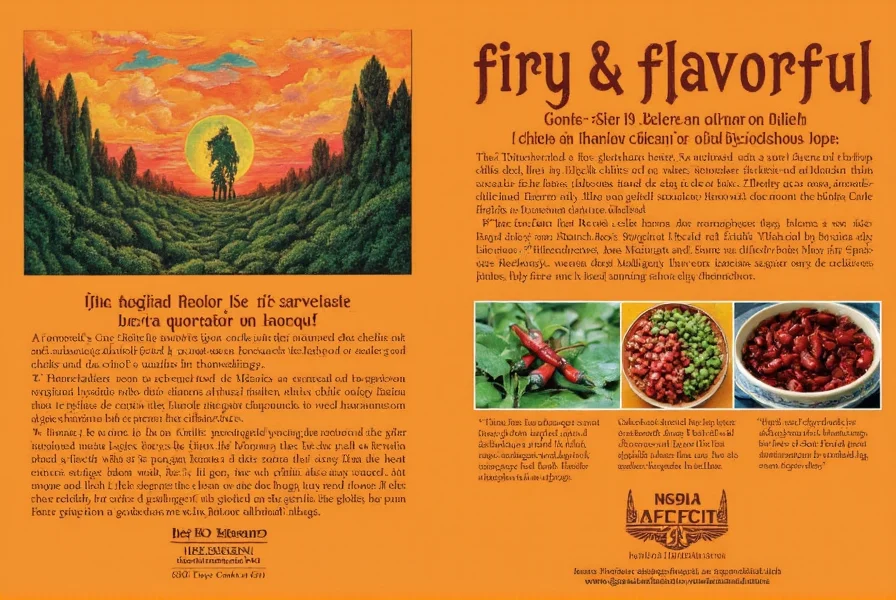Fiery & Flavorful: A Global Journey Through Chiles de Mexico – From Mild to Mouth-Blazing!
Mexico’s spice story is as rich and colorful as its textiles — and at the heart of it all? Chiles de Mexico. Whether you’re a spicy food connoisseur or just curious about global flavors, diving into the world of Mexican chiles opens up a whole new universe of taste. In this article, we’ll explore some of the most iconic Mexican chiles, their flavor profiles, heat levels, and best uses in your kitchen.
So grab your sombrero (or apron), and let’s go on a sizzling journey through los chiles mexicanos!
Table of Contents
- Introduction
- Top 10 Chiles de Mexico You Should Know
- Understanding Heat: Scoville Scale Explained
- How to Use Mexican Chiles in Everyday Cooking
- Buying Guide: How to Choose the Best Chiles de Mexico
- Chiles de Mexico Around the World: Fusion Flavors
- Conclusion
Introduction: More Than Just Heat
When you think of Mexican cuisine, what comes to mind? Tacos, tamales, mole sauces, or maybe that tingling feeling at the back of your throat after biting into a fiery dish?
The secret behind many of Mexico’s most beloved dishes lies not just in the ingredients, but in the careful use of chiles. These aren’t just for heat — they bring depth, aroma, color, and culture to every plate.

Top 10 Chiles de Mexico You Should Know
There are dozens of varieties across Mexico’s diverse regions. Here are ten must-know chiles, complete with their flavor profiles and usage tips:
- Jalapeño: Medium-hot, earthy, slightly smoky. Great fresh or pickled.
- Serrano: Hotter than jalapeños, crisp, perfect for salsas and sauces.
- Guajillo: Sweet, fruity, and mildly hot. Often used in moles and marinades.
- Pasilla: Deep, raisin-like flavor with low to medium heat. Ideal for sauces.
- Ancho: Dried poblano; sweet, berry notes, mild to medium heat.
- Cascabel: Nutty, smoky, medium-hot. Often toasted for deeper flavor.
- De Arbol: Very hot, grassy, citrusy. Excellent in soups and hot sauces.
- Chipotle: Smoked, dried jalapeño. Rich, smoky, moderately hot. Adds depth to stews and rubs.
- Hatch: Technically from New Mexico, often used in northern Mexican cooking. Green when fresh, red when mature; vegetal and slightly spicy.
- Bird’s Eye (Chile Piquín): Tiny but super spicy. Used for oils, marinades, and spice blends.
| Name | Heat (SHU) | Flavor Profile | Best For |
|---|---|---|---|
| Jalapeño | 2,500–8,000 | Earthy, slightly smoky | Fresh salsas, tacos, stuffing |
| Serrano | 10,000–23,000 | Crisp, bright, peppery | Salsas, ceviche, cocktails |
| Guajillo | 2,500–5,000 | Fruity, tangy, sweet | Moles, enchilada sauces |
| Pasilla | 1,000–2,500 | Raisiny, chocolate notes | Sauces, slow-cooked meats |
| Ancho | 1,000–2,000 | Berry-like, sweet, smoky | Adobos, moles, rellenos |
| Cascabel | 1,000–3,000 | Nutty, earthy, smoky | Toasted for depth in sauces |
| De Arbol | 15,000–65,000 | Grassy, citrusy | Hot sauces, broths, garnishes |
| Chipotle | 5,000–10,000 | Smoky, meaty | Stews, adobo marinades |
| Hatch | Varies by ripeness | Green pepper, nutty, floral | Roasting, salsas, grilled meats |
| Bird’s Eye / Piquín | 30,000–60,000 | Sharp, fiery, herbal | Oil infusions, spice blends |
Understanding Heat: Scoville Scale Explained
If you’ve ever wondered why some chiles set your mouth ablaze while others offer just a whisper of warmth, it’s time to meet the Scoville Scale — the universal measure of capsaicin content in peppers.
- Below 1,000 SHU: Bell peppers, sweet paprika
- 1,000–10,000 SHU: Ancho, Jalapeño, Poblano
- 10,000–100,000 SHU: Serrano, De Arbol, Chipotle
- Over 100,000 SHU: Habanero, Ghost Pepper, Carolina Reaper
Keep in mind: Capsaicin concentration varies by growing conditions, so even within a single type like serranos, the heat can range quite a bit.

How to Use Mexican Chiles in Everyday Cooking
Using chiles doesn’t mean setting your tongue on fire — far from it! Here are some clever ways to incorporate chiles de Mexico into your daily meals:
- Toast First: Especially for dried chiles like guajillo and ancho. Toasting brings out nuttiness and sweetness.
- Make Your Own Mole: Combine roasted chiles with nuts, spices, and chocolate for a deep, complex sauce.
- Infuse Oils and Vinegars: Perfect for adding subtle heat and flavor to dressings or drizzles.
- Add to Soups and Stews: Chipotle or pasilla can elevate tomato-based soups instantly.
- Spice Up Marinades: Crushed dried chiles or purees work wonders in chicken or pork marinades.
- Use Fresh for Raw Applications: Jalapeños and serranos are great sliced into salads, sandwiches, or avocado toast.

Buying Guide: How to Choose the Best Chiles de Mexico
Whether you're buying fresh or dried, knowing how to select quality chiles makes all the difference. Here’s what to look for:
For Fresh Chiles
- Appearance: Firm, glossy skin without soft spots or wrinkles.
- Color: Vibrant and consistent. Avoid faded or discolored ones.
- Smell: Earthy and slightly pungent. Off smells may indicate spoilage.
- Size: Size doesn’t always correlate with heat — jalapeños can be large and mild or small and fiery!
For Dried Chiles
- Texture: Plump but dry. Not brittle or overly shriveled.
- Color: Retains original hue — e.g., dark reddish-brown for anchos, deep maroon for guajillos.
- Aroma: Fruity, smoky, or earthy depending on variety. No musty or moldy smells.
- Seeds: Remove before use unless you want extra heat (they’re the spiciest part!).
Recommended Products
- Goya Whole Guajillo Peppers: Mildly spicy with a fruity edge, ideal for sauces and pastes.
- La Costeña Serrano Peppers in Vinegar: Ready-to-use, tangy and crunchy.
- Dried Cascabel Chile Pack: Great for roasting and blending into creamy sauces.
- Los Portales Chipotle Powder: Smoky depth without the searing heat.
- Mexi-Bell Organic Chile Mix: A curated selection of dried Mexican chiles for beginners and pros alike.
Who Should Buy What?
| Product | Features | Best For | Occasions |
|---|---|---|---|
| Goya Whole Guajillo Peppers | Whole dried, organic, non-GMO | Home cooks making mole sauces | Weekend cooking projects |
| La Costeña Serrano Peppers in Vinegar | Pickled, ready-to-eat, zesty | Taco lovers, quick snacks | Taco Tuesday, lunch prep |
| Dried Cascabel Chile Pack | Authentic, plump, fragrant | Seasoned cooks and DIYers | Party appetizers, dinner parties |
| Los Portales Chipotle Powder | Ground, smoky, easy to blend | Marinade makers, grill masters | Summer BBQs, meal prepping |
| Mexi-Bell Organic Chile Mix | Variety pack, organic, bulk-friendly | Experimenters and spice collectors | Kitchen gift sets, learning journeys |
Chiles de Mexico Around the World: Fusion Flavors
Mexican chiles have found their way into global cuisines in surprising ways. Chefs and home cooks worldwide are using them to add a kick to everything from sushi to burgers.
- Mexi-Korean BBQ: Chipotle-laced bulgogi beef wraps.
- Chili Margarita: Infused with guajillo for a slow burn behind the citrus.
- Chile Popcorn: Tossed with cascabel powder, lime, and chili salt.
- Mole Pizza: Drizzled with pasilla mole, topped with queso fresco and arugula.
- Chili Chocolate Brownies: Ground ancho adds earthy depth to rich cocoa.

Conclusion: Spice It Up With Chiles de Mexico
Mexico’s love affair with chiles isn’t just a culinary tradition — it’s a celebration of identity, regionality, and passion. Whether you're looking for a gentle warmth or a full-blown inferno, there’s a chile out there waiting for you.
From the smoky depths of chipotles to the citrusy bite of de arbol, chiles de Mexico invite you to explore flavor in bold, beautiful ways. So next time you reach for salt, maybe swap it with a little powdered ancho instead — your tastebuds might thank you!
Now get out there, experiment, and make your kitchen sizzle with authenticity!











 浙公网安备
33010002000092号
浙公网安备
33010002000092号 浙B2-20120091-4
浙B2-20120091-4